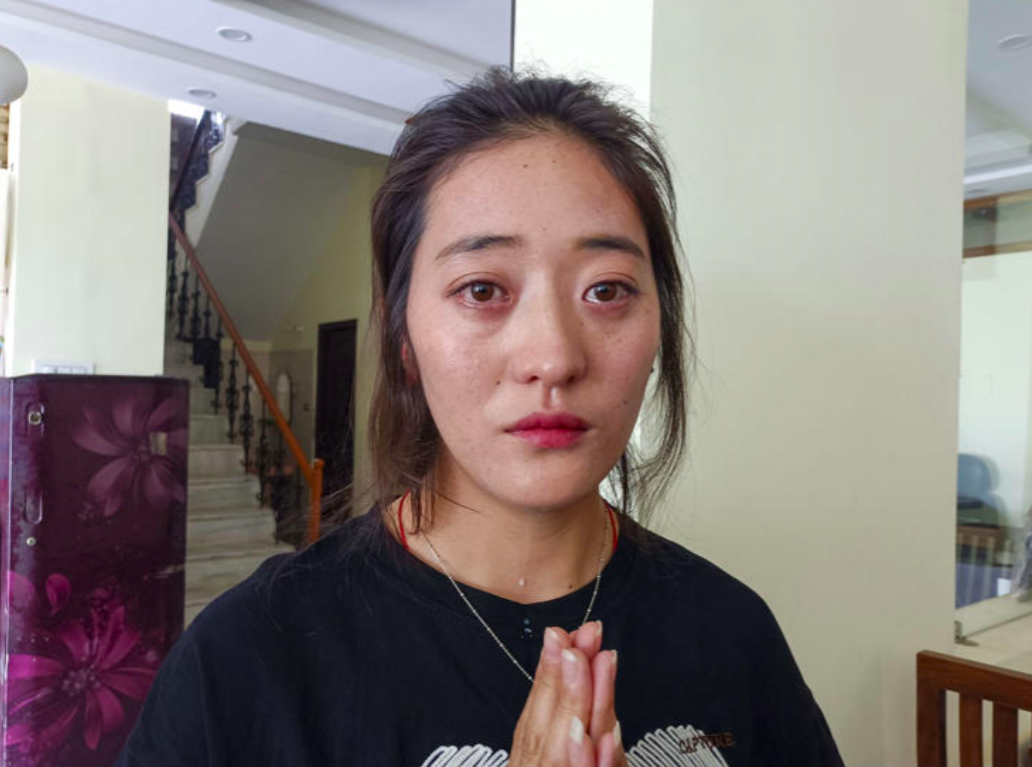By Tenzing Dhamdul
Tokyo
In our Tibetan community we tend to deliberate and debate on many issues yet one thing that I personally found was how we hardly take notice and interact about the significant role that Japan and the Japanese have played towards our community. Through this essay and I as a Tibetan who had the opportunity to learn about Japan would like to share my insights on how they have always been with is Tibetans.
It is interesting to note that the first foreign nation that the Dalai Lama visited after Tibet was annexed by the Communist party of China and being forced to seek asylum in India was Japan, in 1967. This is very indicative of how the Japanese viewed the situation of Tibet and the grim predicament it was facing after having its territory ravaged. Japan had faced such a similar tragedy some decades back when nuclear bombs were let loose in their territory causing great harm and distress even felt today. This form of approach and support to the Tibetans went beyond Buddhism and is gelled up by the relevance and significant of human empathy cherished by both sets of community.
Lhasa
Historically the relationship between the two can be traced during the times of the 13th Dalai Lama where Japanese monks were practicing Buddhism in Tibet. The Tibetan leader whose capital was in Lhasa sought the help through these monks in making a formal relationship with Japan and this is indicative of the letter sent by the 13th Dalai Lama to the emperor of Japan in 1913 when Tibet was facing a tough time ahead with modern China, Britain and Russia all contesting for Tibet with the geopolitical importance it played in Asia. This clearly shows how Buddhism that is strong in both these nations played a pivotal role in bringing them together initially though the political relation could not materialise immediately.
Dharamshala
Many years later especially when the 14th Dalai Lama was welcomed to Japan in 1967 we can see how the Japanese people and its authorities were reaching out to Tibetans and trying to help us in any way possible. Personally, during my times in TCV school I witnessed how Japanese people sought to help us through sponsorship and other programmes. The beautiful thing about them and what set them apart from other sponsors were how they would take time to visit our school and even try to engage with our students and share their experience with us. These interactions made me understand how they not only extended their help through financial assistance but also went beyond it and tried to connect with us emotionally. The Tibetans and the Japanese have a lot in common and the very setting up of the Laison office of Dalai lama in Tokyo in 1975-76 shows how Tibetan’s viewed Tokyo as an important strategic partner. The role played by the Japanese supporters and Pema Gyalpo Gyari the first representative during these initial periods were vital in forging concrete ties between Tokyo and Dharmsala.
Relationship
Tokyo and its support to Tibet has been strong, with their call in criticising the violation of human rights and cultural genocide in Tibet being vocal. The fiery debates held in the national diet (Japanese Parliament) to call for a boycott of the 2008 Beijing Olympics due to the treatment of Tibetans in Tibet and the violation of human rights in Tibet by Beijing showed how they were willing to take a stand for Tibet.
Of recent times we can see how the Central Tibetan Administration in Dharamshala has begun forging stronger ties with Tokyo, the various meetings and conferences happening between the two where His Holiness the Dalai Lama was pivotal highlights this. Visit of parliamentary delegations from the CTA to Tokyo and Japanese students taking part in a 2018 Japan Tibet Student conference (Rainbow Children a Japanese organisation that helps sponsor 100 Tibetan students in higher studies) shows how the relationship between the two is growing here.
I find the relationship between Japan and Tibet to go beyond power politics as even the language between the two has a lot of similarity with the pronunciations of numbers from 1-10 being quite similar.
With this base the relationship between Japan and the CTA has more or less aligned with the current developments of the Indo-Pacific, we Tibetans are given a space to start having stronger and visible ties with Japan especially when the relationship between Japan and China is turning sour these days whereby the Covid-19 pandemic and the Senkakku Island being visible points of contestation between the two. The CTA has been quick to act on this as they recently appointed Mr. Tsewang Gyalpo Arya as the new representative of office of Tibet in Japan. The sending of well wishes by His Holiness and the Sikyong to Japanese PM Shinzo Abe who called for resignation from his post due to ill health also indicates there is a form or acknowledgement between the two. The work done by the current CTA administration in its relationship with Tokyo has also seen scholarships/exchange programmes provided to Tibetans in Japanese universities etc.
Current Trends
Japan under the leadership of president Yoshihide Suga at the helm and with Tibetans in exile also getting ready for a new administration setup by the end of this month emphasises how a new set of engagement is on the horizon between Tokyo and Dharamshala. The relationship between the two has been ever strong currently much like the sun shining brightly at noon. And seems more likely not to stray from that path with the politics around the world centred around two things currently, the handling of the pandemic and the Indo-Pacific region, whereby both Tokyo and Dharamshala has a stake in.
The pandemic and has stuck both the communities very strongly and in Japan there have been various question regarding the upcoming 2020 Tokyo Olympics that already has been postponed by a year. For Tibetans the growing number of Covid cases especially in this spike seen in India has taken every one by surprise. In the midst of these both Japan and the Tibetan administration is exile have taken steps in relieving the problem with vaccination drives being the major push here.
When it comes to the Indo-Pacific we can see how the focus of the world is currently shifting here. Since president Biden came to power, he is seen to view the Indo-Pacific as an important region when it comes to global politics. With this Tibet, Taiwan, Uighurs (an ethnic Muslim community oppressed by the Chinese government) and Honk Kong has gained further impetus and brought their plight to the world’s attention. The QUAD meetings and other talks that pins Beijing to corner and enquires them is a fresh change in the workings of international politics.
Tibetans and its plight have gained real momentum from it and Japan has been a strong supporter for Tibetans here. The recent virtual felicitation by the All-party Japanese parliamentary Support Group for Tibet towards the current Sikyong of CTA Lobsang Sangay is a clear sign of this. This group saw the former Prime Minster of Japan Shinzo Abe, former education minister Shimomura Hakuban, who is the Chairman of the group, Sakura Yoshiko and many other parliament members thanking the Sikyong for his tireless work. The Sikyong also stated how the Japanese support for the Tibetans and other communities suppressed by China has been of great help. Furthermore, this group has also gradually grown to become the world’s largest parliament support group for the Tibetans.
The implications of this not only shows how Japan will continue to support the Tibetans in their plight but their promising of trying to assist the Tibetans more through the Official Development Fund (ODA) is very promising.
Conclusion
The Reiwa era was ushered in Japan with the enthronement of the new emperor Naruhito on 2019. Reiwa means ‘Beautiful Harmony’ in Japan and if the term also has a meaning in Tibetan, that is ‘Hope’. With the ongoing dire situation around the world this era and meaning be it in Japanese or Tibetans has more significant than ever. Going hand in hand more can be achieved and it truly has been a long journey from Tokyo to Lhasa to Dharmsala but it must that needs to continue for brining peace not in the Indo-pacific, Asia but also to the world as a whole.
(Views expressed are his own)
The author has studied at Hindu College, Delhi University and School of International Studies, Jawaharlal Nehru University. He was a recipient of the Sikyong Scholarship in the year 2015.










